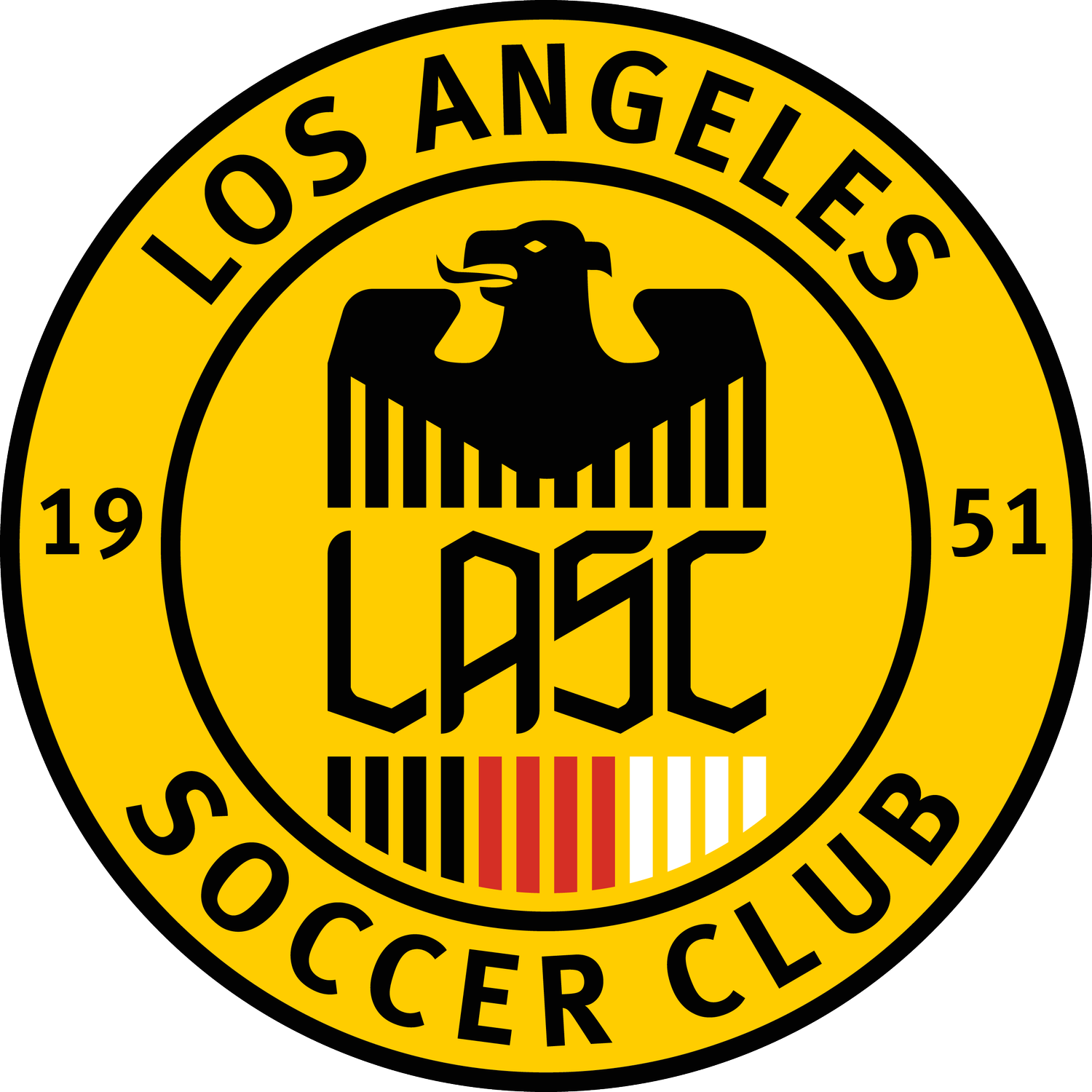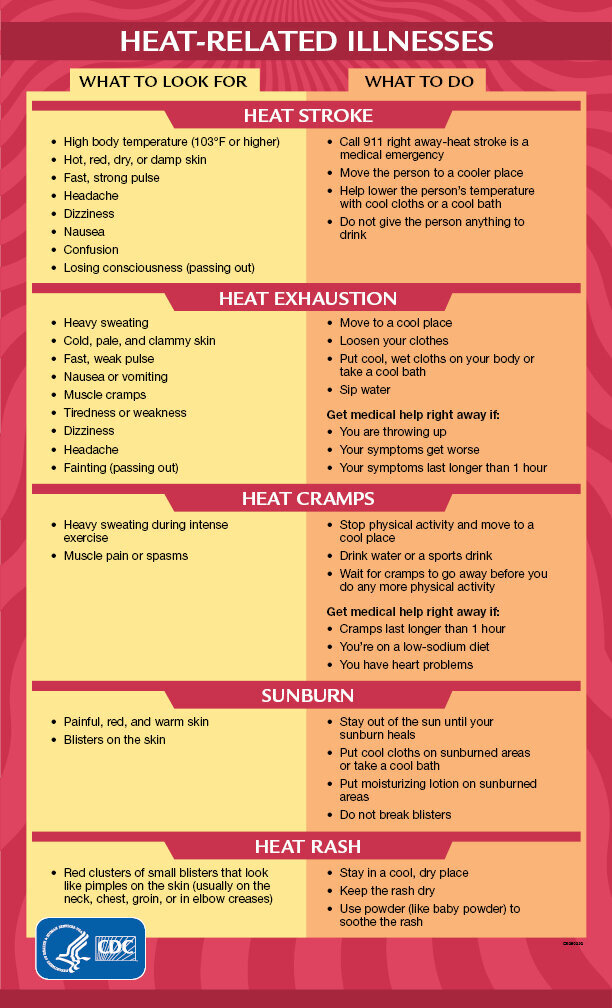HOW TO RECOGNIZE HEAT EXHAUSTION & AVOID IT
During the hot Southern California summer, it is especially important to learn the signs and symptoms of heat exhaustion and how to prevent them.
What causes Heat Exhaustion?
Your body regulates its internal temperature by sweating and as the sweat evaporates on your skin it cools your body. In humid climates, this cooling mechanism is less efficient which can lead to heat exhaustion even faster. This does not mean you don’t need to worry about heat exhaustion in non-humid climates. On the contrary, you are at risk of heat exhaustion anytime you are working or exercising in hot environments.
Dehydration
The most common heat illness is dehydration. This occurs when you are losing more fluid than you are taking in. Your body cannot produce sweat without proper fluid intake.
Signs of dehydration can include:
Thirst
Dry, sticky mouth
Dizziness and/or headache
Decreased or darker urine
Fatigue
Muscle cramps
You NEED to drink more water. Sodas, sugary, and caffeinated drinks do not help hydrate your body and can increase your risk of dehydration. Sports drinks are not always needed, but if you are exercising it can help replace some of the electrolytes [sodium, potassium, and magnesium] you lose from sweating. Sports drinks should always be used to help supplement water and NOT replace it.
How Much Water Should I Drink?
If you feel thirsty then it is a sign that you are already dehydrated. You need to drink a minimum of 2-3 cups of water in the 2 hours leading up to exercise. During exercise, you should at least drink 1-2 cups every 20-30 minutes and continue to do so for at least 30 minutes after exercising.
Many sources cite the 8x8 rule to help with water intake. That is 8 glasses of water per day, 8 ounces each.
For very active individuals ie. athletes more water is recommended.
Daily water intake for athletes [1 cup = 8 ounces]
Men: 13 cups per day
Women: 9 cups per day
Children: 5-8 cups per day [depending on their age]
A good rule of thumb is: If your urine is yellow instead of clear then you are dehydrated. The darker your urine is the more dehydrated you are. Dehydration and exposure to hot environments can quickly lead to heat exhaustion.
Heat Cramps
Prior to heat exhaustion, you may experience heat cramps. Heat cramps are usually mild but can be quite uncomfortable. They can be treated by drinking water (cool water if possible) and resting in a shaded area. If left untreated these symptoms can escalate to more serious heat-related illnesses.
Heat Exhaustion
Heat exhaustion is the body’s response to an excessive loss of the water and salt, usually through excessive sweating. Those most prone to heat exhaustion are the elderly, individuals with high blood pressure, and those working/playing in a hot environment. However, heat exhaustion can happen to anyone. Even the most physically fit and healthy individual can quickly succumb to dehydration and heat exhaustion.
Symptoms of heat exhaustion may develop quickly or over time and depend on your body’s ability to regulate its temperature. During these incredibly hot days of summer, it is especially important to stay vigilant and watch for any of these signs or symptoms.
Signs of heat exhaustion can include:
Headache
Nausea
Muscle cramps
Dizziness
Fatigue
Fast pulse
Clammy skin or goosebumps
Heavy sweating
Weakness
Irritability
Increased Thirst
Heavy sweating
Elevated body temperature
Decreased urine output
If you experience one or more of these symptoms or notice them in someone else, STOP and REST.
Move to a shaded area or indoors [in air conditioning if possible] and drink cool water.
You can also apply a cool compress to the back of the neck or head to help bring down the body temperature a little faster.
How to Avoid Heat Exhaustion
There are a few things we can all do to help avoid heat exhaustion.
Drink MORE fluids; especially water. It is of paramount importance to stay hydrated.
Wear loose, breathable, lightweight clothing. This allows heat to escape and sweat to evaporate so that your body can properly cool itself.
Protect your skin. Use sunscreen on exposed skin. Sunburn limits your body’s ability to cool itself.
Recognize the symptoms. Listen to your body. You MUST stay vigilant and watch for signs of heat exhaustion. Then quickly take all the necessary steps to cool down your body to avoid escalation.
Heat Stroke
Heatstroke is the most severe form of heat illness and happens when the body is overwhelmed by excessive heat. Heatstroke is a life-threatening emergency and requires immediate medical attention. Call 911 and try to cool down the body until help arrives.
Signs of Heat Stroke can include:
High body temperature
Hot, red, dry or damp skin
Fast, strong pulse
Headache
Dizziness
Nausea
Confusion
Losing consciousness


